Let’s start off by looking at some of the more common diseases and conditions that can affect your child’s vision, including:
Once we’ve covered each of these, we’ll discuss what you should do if you suspect that your child may have one of these conditions.
Amblyopia
Amblyopia is the most common cause of visual impairment or vision problems in children, affecting 2-3 of every 100 people in the U.S. It is a reduced vision in one eye that results from the brain and the eye not working in sync. There are three major causes of amblyopia, which we’ll look at in the following sections:
Amblyopia, which is sometimes called or known as “lazy eye”, can be difficult to detect, particularly a child may not realize he or she is seeing better with one eye. A child with amblyopia may seem to have difficulty with depth perception, or the ability to perceive or understand the relative distance of objects within his or her field of view. For example, a child with amblyopia may have difficulty a eating with a utensil, pouring glass of water, or putting toothpaste on a toothbrush.
Strabismus
Strabismus is a condition of misaligned eyes caused by a muscular imbalance that can lead to amblyopia. The condition typically appears in childhood and can take several forms, including crossed eyes, out-turned eyes, up-turned eyes, or down-turned eyes. If your child is unable to focus on objects or his or her eyes are misaligned after about six months of age, visit your pediatrician, who can refer you to a pediatric ophthalmologist who specializes in strabismus diagnosis and treatment.
Refractive Errors
Refractive errors such as nearsightedness, farsightedness, and astigmatism can affect children, just as they do adults, and can cause your child to have blurred vision or difficulty seeing.
Nearsightedness, also called myopia, occurs when the eye is longer than normal, causing light focus in front of the retina. To anyone with nearsightedness, close objects will be clear, but distant objects will look blurry. A child with nearsightedness may have difficulty seeing a parent’s or teacher’s face clearly from far away or the chalkboard from the back of the classroom. Farsightedness, also called hyperopia, occurs when the eye is shorter and prevents light rays from close objects from focusing clearly on the retina. Those with farsightedness will be able to see distant objects well, but close objects will be blurred. A child with farsightedness may have difficulty seeing pictures in a book clearly or reading. Astigmatism is a distortion in vision at all distances (near and far) caused by an uneven curvature of the cornea and may exist from birth. Those with astigmatism can experience eyestrain and / or headaches. A child with astigmatism may squint often (regardless of the object in front of him or her) in an attempt to see more clearly. Cataract
Cataract is a clouding of the lens, the part of the eye that focuses light on the retina in the back of the eye. If the lens is clouded, light cannot reach the retina properly and causes blurry or distorted vision. Cataracts can develop prior to birth or during childhood and can appear in one or both eyes. If your child appears to have a cloudy eye, he or she may have a cataract. Cataracts in both eyes can be associated with a number of genetic disorders, for which your child can be tested. Early treatment is critical to ensure your child’s vision is allowed to develop normally. A single cataract that remains can lead to amblyopia. To learn more, visit Cleveland Clinic Children’s Hospital ‘Cataracts in Children’.
Ptosis
Ptosis is a condition in which the upper eyelid droops and covers the eye either partially or entirely. A child can be born with ptosis, or it may develop during infancy. In either case, the droopy eyelid impairs a child’s vision. In severe, untreated cases, ptosis can even lead to amblyopia.
Conjunctivitis (Pink Eye)
Conjunctivitis, commonly know as pink eye, is an inflammation of the conjunctiva, the thin membrane that covers the inside of the eyelid and the white part of the eye (sclera). When the conjunctiva becomes inflamed, the tiny blood vessels that lubricate the eyes swell, making the eye red. Irritating substances such as allergens like pollen or chemicals like chlorine can cause conjunctivitis. Infections (bacterial or viral) can also cause conjunctivitis. Infectious conjunctivitis can be easily transmitted to others, so care should be taken to get treatment and avoid potential spreading. If your child has any of the following symptoms, he or she may have conjunctivitis:
Chalazion & Stye
Chalazion and stye are both small bumps on the eyelids and can be confused with one another. Chalazion occur when oil producing glands in the eyelid become blocked or inflamed, whereas styes are caused by inflammation or infection in the eyelash follicles or the oil glands at the base of the eyelashes. Both conditions are quite painful. If you notice a red and / or swollen bump on your child’s eye or your child complains of a painful or hardened bump on his or her eye, he or she may have either a chalazion or a stye.
Cellulitis
Cellulitis is caused by a bacterial infection and can affect both the skin and eyes. Cellulitis affecting the eyes is related to trauma, upper respiratory infection, or eyelid infection. Both forms of cellulitis, preseptal (eyelid) and orbital (within eye), are serious conditions that require urgent medical care. If your child has the following symptoms, he or she may have cellulitis and should see both a primary care physician / pediatrician and ophthalmologist right away:
Blocked Tear Duct
With a blocked tear duct, the eye’s drainage system is either partially or completely blocked. Because tears cannot drain normally, eyes will become watery, irritated, or even chronically infected. If you notice that your child has watery eyes or tears running out of the eyes when not crying, he or she may have a blocked tear duct.
Diabetes
Children with diabetes are at risk of developing diabetic eye disease. While recent studies have shown that children with diabetes are at low risk for developing diabetic retinopathy, if your child is living with diabetes, you should speak with your eye doctor about when to start screening for the disease.
What to Do if You Think Your Child May Have Any of These Common Eye Diseases or Conditions?
If you think that your child may have any of the eye diseases or conditions listed above, you should consult with an eye care professional. An ophthalmologist or optometrist who specializes in general eye health can examine your child’s eyes for signs of these conditions and more. Depending upon the condition, your child’s eye doctor may be able to recommend treatment, such as for correction of refractive errors, or may refer your child to an ophthalmologist who specializes in your child’s particular condition.
If you suspect your child may have strabismus, conjunctivitis (pink eye), or cellulitis or has been diagnosed with diabetes, your child’s care team should include a primary care physician / pediatrician, as well as a qualified ophthalmologist or optometrist, depending upon the condition and its severity. In either case, if you have questions about your child’s eye health, please do not hesitate to contact his or her regular doctor, as well as our office. Our team of ophthalmologists and optometrists is here to evaluate your child’s eyes and vision, answer your questions, and get your child on the correct course of treatment. Finally, it’s important to speak with your child’s teachers and care providers about your child’s eye condition. If you child has vision problems such as refractive errors, work with your child’s teacher to ensure your child can sit in an appropriate desk in the classroom and the teacher understands how your child’s vision problem is being managed. Teachers and care providers can help to ensure your child is wearing his or her glasses properly (if needed), as well as using and caring for them properly. If you have questions about speaking with your child’s teachers and / or care providers about his or her eye condition and needs, please speak with our eye doctors, who can make recommendations.
That covers common eye diseases and conditions that can affect your child’s vision. To learn more about these conditions, select from the following video gallery.
In the following Children’s Eye Health & Safety Awareness Month articles, we’ll look at signs of possible eye problems, guidelines for having your child’s eyes checked, and protecting your child’s eyes from both the sun and injury. Comments are closed.
|
EYE HEALTH BLOGCategories
All
Archives
July 2024
|
|
Kadrmas Eye Care New England
55 Commerce Way, Plymouth, MA 02360
14 Tobey Road, Wareham, MA 02571 133 Falmouth Road (Rt 28), Mashpee, MA 02649 |
Phone Number:
1-508-746-8600 Hours: Monday through Friday — 8 AM – 4:30 PM |


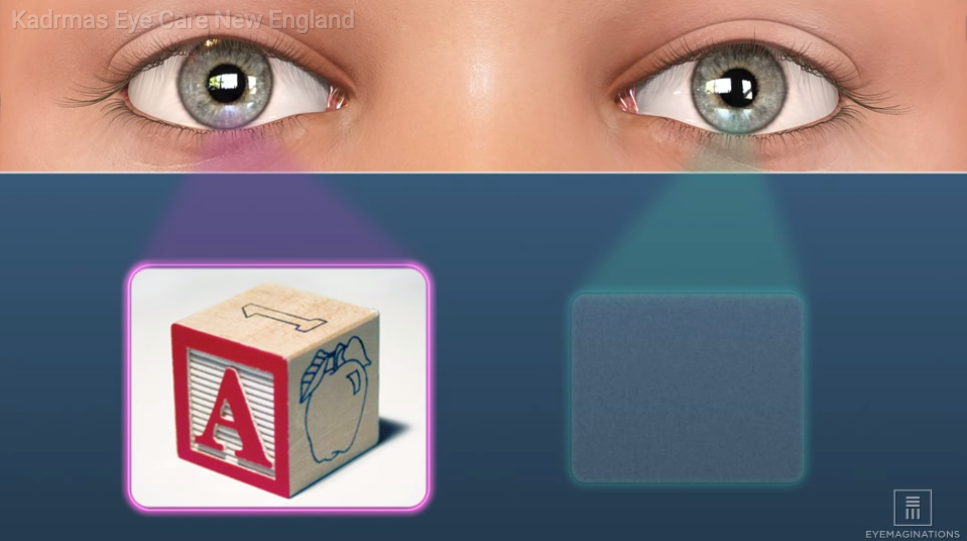
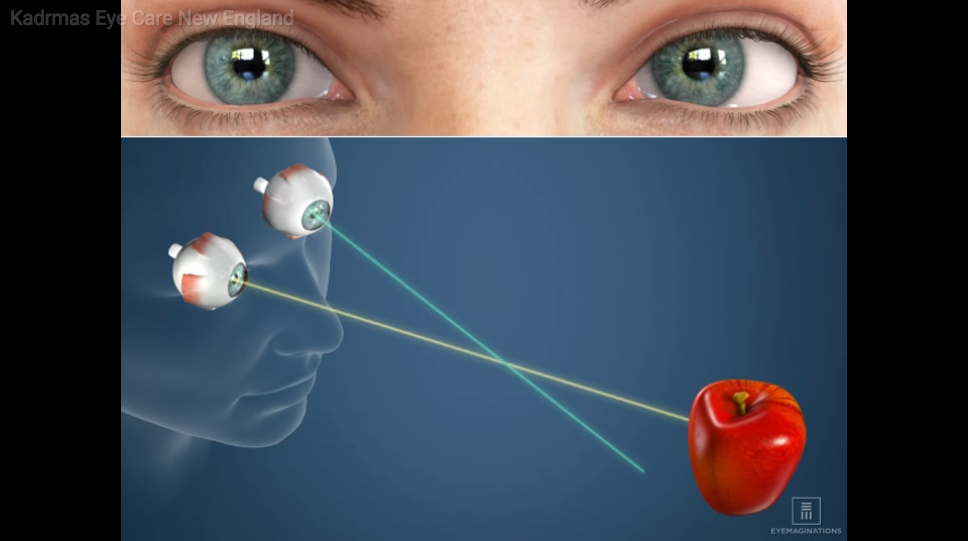
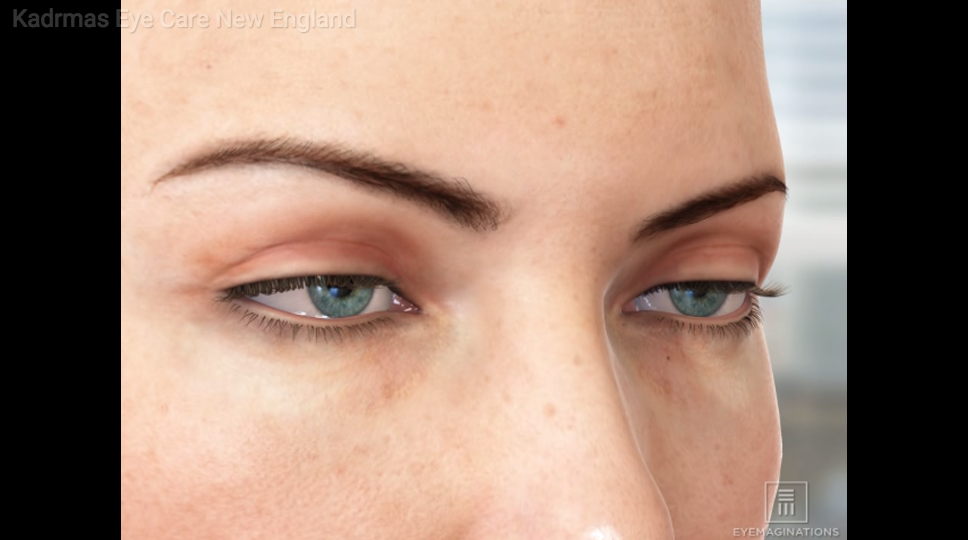
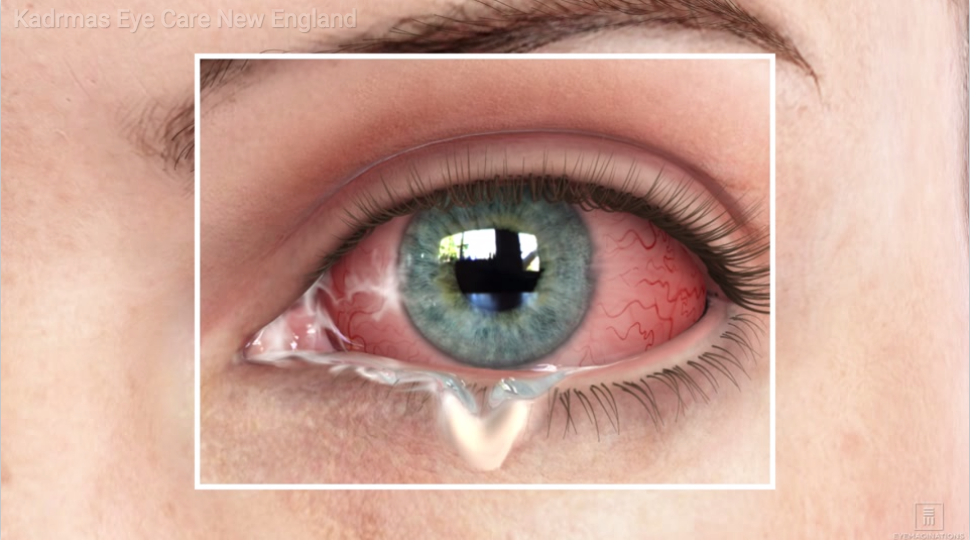
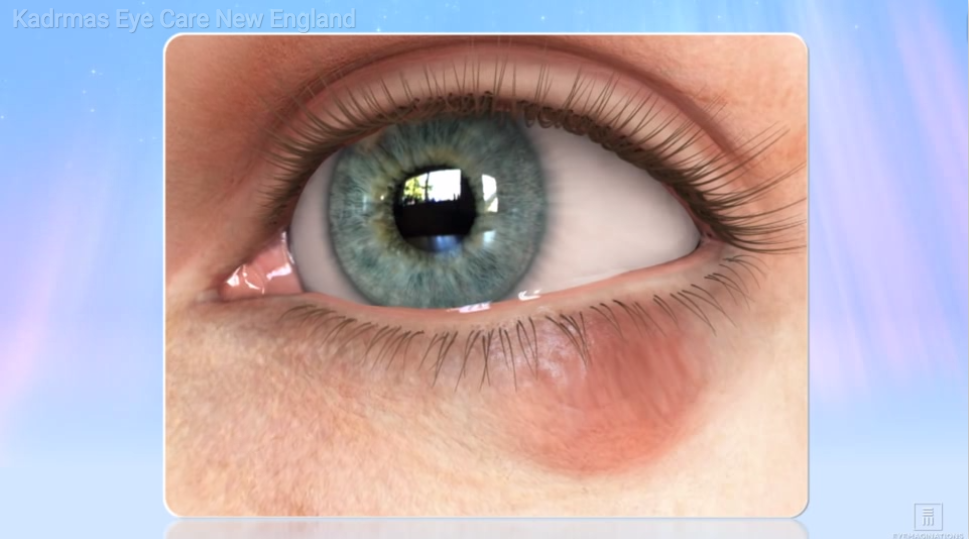
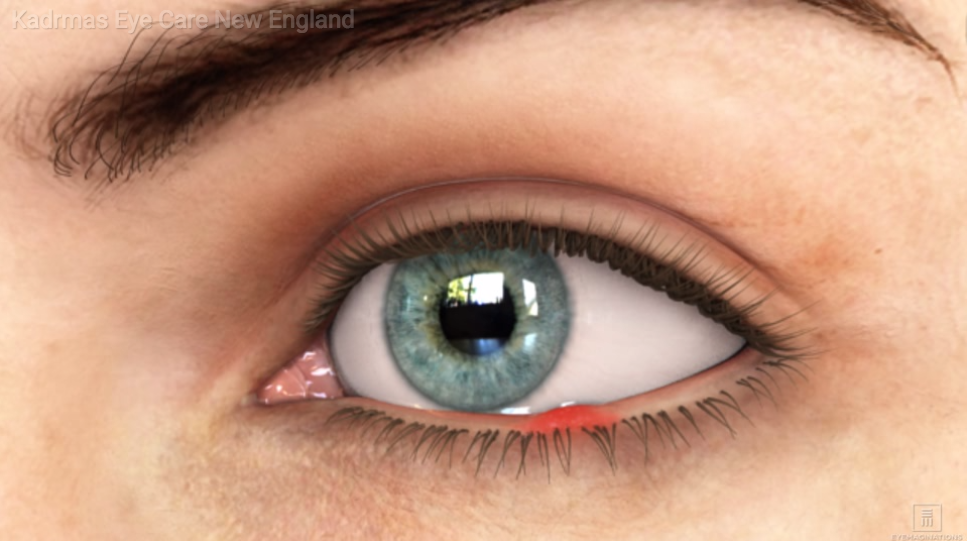
 RSS Feed
RSS Feed
